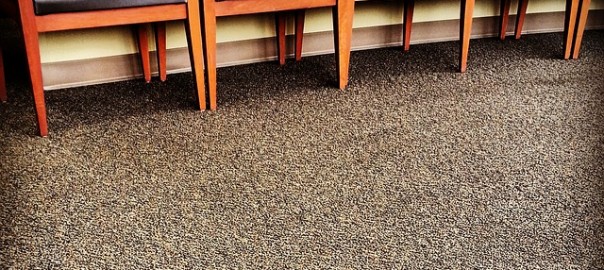Choosing the right flooring can be tricky because there are many considerations. Are you purchasing flooring for commercial use or will you require it for your residence? Knowing about durability, high-traffic versus low-traffic areas and more will help you make a more informed decision on flooring.
If you are in the market for residential flooring, consider the type of room you will be covering. Is it your living room, dining room, bedroom, office space, kid’s play room, etc? Even though each of these areas is located in one space, your home, they can require a different type of flooring to maximize your return on investment through budget and wear and tear. Because there are varying flooring options that can correspond with a room, we have outlined a few guidelines to help you determine the best flooring for you and your family’s needs.
Step 1: Determine whether an area is high-traffic or low-traffic.
Residential Low-Traffic Flooring Options
Low-traffic areas are any places where foot traffic is light and includes traffic that is mostly sedentary as well. For example, while you may spend most of your time in the living room, chances are it is still a low traffic area since most of your time is spent sitting.
Other areas that are low-traffic include kitchens, dens, dining rooms and bedrooms. In low-traffic areas you can get away with flooring that is less resilient and more comfort-based. High-quality carpet is perfect in low-traffic rooms for this reason. However, carpet in kitchens and bathrooms is not practical from a cleanliness standpoint. For those areas, laminate, tile or sealed-wood flooring is generally resilient enough to handle food and water spillage, while remaining cost-effective and durable.
Residential High-Traffic Flooring Options
Watch any home improvement show and you will notice that the area with the most worn flooring is always located in the home’s hallways or entryways. In a commercial unit, common areas like public restrooms, elevators or stairs qualify as high-traffic areas.
To sustain flooring over time in high-traffic areas, select flooring made from harder materials. Tile, wood, and bamboo are a few examples of great high-traffic flooring options. While hard surface flooring can be more expensive, in many cases you can tailor your options to meet your budget without sacrificing quality or durability in the long run. Industrial strength carpet exists for commercial units as well. We do not recommend this flooring type for residential use because the feel and texture of commercial carpet is much rougher and less desirable for the function of a home.
Commercial Heavy-Traffic Flooring Options
If you are exclusively in the commercial market then there is an additional category: heavy-traffic. Heavy-traffic areas in commercial units include office “war rooms”, break rooms, cafeterias, and lobbies.
This type of flooring requires a unique approach and can often include a bit of customization. For example, for a room with multiple office spaces, the flooring will need to withstand the wear and tear of stationary objects that can settle in one area as well as mobile objects like roller chairs. To better maintain flooring in a commercial unit, consider carpet tiles instead of traditionally installed carpet. This options lowers replacement costs, as you can replace a few squares at a time in areas that are more worn than others.
There are many other kinds of commercial and residential flooring options for you to choose from. If you are ready to make your flooring selection, feel free to speak to one of the specialists at Lane Sales. Our team would be happy to walk you through your options to help you settle on the one perfect for you.
